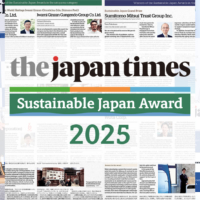The U.S. Federal Reserve may have been late raising interest rates as inflation surged in 2021, but measures of inflation expectations throughout that period showed broad belief that prices would cool, a fact that made the battle easier and less costly to wage, with bond markets even tightening financial conditions well before the U.S. central bank hiked borrowing costs.
In a paper presented to global central bankers at a Fed conference in Wyoming on Saturday, Emi Nakamura, an economics professor at the University of California, Berkeley, said the episode showed the value of Fed credibility in action, and also the stakes on the table if that trust is eroded — a no-longer abstract risk after U.S. President Donald Trump moved on Monday to fire Fed Gov. Lisa Cook in the first such move by a U.S. chief executive.
"It's easy to forget how remarkable it was that the Fed was able to look through 7% to 8% inflation while maintaining almost completely anchored long-term inflation expectations. This requires (an) extremely strong reputation," Nakamura said, something that hinges "on institutions like central bank independence and a strong track record, and those are things that take a long time to build up and perhaps not very long to destroy."



















With your current subscription plan you can comment on stories. However, before writing your first comment, please create a display name in the Profile section of your subscriber account page.